Understanding and Treating Canine Separation Anxiety
Introduction
Canine separation anxiety is more common than you might think. About 20% of dogs experience this distressing condition. It occurs when dogs become overly attached to their owners. When left alone, they can panic, leading to a range of problematic behaviors. This anxiety isn’t just a minor issue; it can disrupt the lives of both pets and owners alike.
Addressing separation anxiety is crucial for the well-being of your furry friend. A calm dog is a happy dog, and a happy dog means a happier owner! In this article, we will cover the ins and outs of canine separation anxiety. You’ll learn to recognize its signs, understand its causes, and discover effective treatment options.
By the end, you’ll be equipped with the knowledge to help your dog feel secure during your absences. So, let’s jump into the world of canine anxiety together!
Understanding Canine Separation Anxiety
What is Separation Anxiety?
Separation anxiety is a condition where dogs feel extreme distress when separated from their owners. Unlike other anxiety disorders, this specific anxiety arises solely from being left alone. While dogs may show signs of dislike towards solitude, separation anxiety can lead to severe emotional upheaval. This emotional turmoil can result in destructive behavior, excessive vocalization, and even physical symptoms like drooling or pacing.
It’s important to understand that this is not just a “phase” or behavioral quirk; it’s a serious issue that needs addressing. Recognizing it as such helps owners take the necessary steps to improve their dog’s well-being.
Signs and Symptoms
Spotting the signs of separation anxiety is essential for effective treatment. Common indicators include:
- Excessive Barking or Howling: Dogs may vocalize continuously when left alone. This is their way of expressing distress.
- Destructive Behaviors: Chewing furniture, doors, or other items becomes a coping mechanism for anxious pups.
- House Soiling: Even house-trained dogs might have accidents when they’re anxious.
- Pacing and Escape Attempts: Some dogs will walk in circles or try to dig their way out of confinement.
Less common signs include trembling, panting, or excessive drooling. Recognizing these behaviors is the first step towards providing your dog with the support they need.
By identifying these signs early, you can work towards alleviating your dog’s anxiety. Remember, patience and understanding are key!
Causes of Separation Anxiety
Separation anxiety does not just spring up overnight. Several factors contribute to its development, and understanding these can help dog owners create a more supportive environment.
Changes in Routine or Environment
Dogs thrive on routine. A sudden shift, like moving homes or altering work schedules, can unsettle them. Imagine your dog’s bewilderment when the familiar sounds of your daily routine vanish. Consistency is key for a happy pup!
Past Traumas
Dogs with traumatic backstories often bear hidden scars. Experiences like abandonment or frequent rehoming can leave lasting impressions. These pups may develop anxiety when they sense the possibility of being left alone again. It’s like having a permanent travel tag; they just can’t shake the anxiety of being cast off.
Lack of Socialization
Socialization is crucial during puppyhood. Dogs that miss out may struggle when they face being alone. If they’ve never learned to enjoy solitude, it can trigger anxiety. Think of it as a social awkwardness that follows them into adulthood.
Genetics and Breed Predispositions
Some breeds are simply more prone to anxiety. Breeds known for their strong attachment to humans, like Labrador Retrievers or Cavalier King Charles Spaniels, may struggle more with separation. In these cases, genetics plays a role. It’s like inheriting a family trait—except in this case, it’s a tendency towards anxiety.
By understanding these causes, owners can better prepare to support their dogs through the challenges of separation anxiety. Each factor is a piece of the puzzle, and recognizing them can lead to more effective treatment strategies.
To aid in the training process, consider using the Dog Training Manual: The Complete Guide. This comprehensive resource will help you understand your dog’s needs and behaviors better.
Diagnosing Separation Anxiety
Observational Techniques
Diagnosing separation anxiety requires careful observation. Monitoring your dog’s behavior while you’re away is crucial. Many owners might wonder if their furry friend is having a party or a pity party at home. Using video monitoring can provide insights into their actions. Set up a camera in a safe space and watch for signs of distress. Do they pace, whine, or engage in destructive behaviors? Documenting these behaviors helps pinpoint the severity of the anxiety.
To make monitoring easier, consider investing in a Furbo Dog Camera. This innovative device allows you to keep an eye on your dog while you’re away and even toss treats remotely!
Distinguishing from Other Issues
It’s vital to differentiate separation anxiety from other behavioral or medical issues. Many dogs may display anxious behaviors due to boredom or lack of exercise, not just separation distress. If your dog’s behavior seems to change only when you leave, that’s a strong indication of separation anxiety. However, it’s always best to consult with a veterinarian or an animal behaviorist. They can help rule out other conditions, such as health problems that may exacerbate anxiety, ensuring your dog gets the right diagnosis and treatment plan.
Being proactive and observant can make a world of difference in effectively diagnosing and addressing your dog’s struggles with separation anxiety. Understanding their unique behaviors and consulting professionals can lead to a happier, more secure pup.
Treatment Options for Separation Anxiety
When your beloved pooch suffers from separation anxiety, the goal is to help them feel secure and relaxed when left alone. There are several effective treatment options available, focusing on behavioral interventions, environmental management, training adjustments, and professional help if needed. Let’s break these down, shall we?
Behavioral Interventions
Behavioral interventions are the cornerstone of treating canine separation anxiety. These techniques help your dog gradually adapt to being alone and associate your departure with positive experiences. Here are two critical strategies:
Desensitization Techniques
Desensitization involves gradually exposing your dog to the experience of being alone. The process works like this:
- Start Small: Begin by leaving your dog alone for very short periods, perhaps just a few minutes. Think of it as a mini-adventure away, not a long vacation!
- Increase Duration: As your dog becomes comfortable, slowly extend the time you’re gone. This is not a race, so take your time and observe how they handle each new step.
- Incorporate Routine: Make this a part of your daily routine. For example, leave them alone while you fetch the mail or take a quick trip to the store.
- Use Cues: Break down your departure cues. If your dog gets anxious when you grab your keys, practice jingling them without leaving. This helps them learn that these cues don’t always mean you’re leaving for a long time.
This gradual exposure helps reduce anxiety and teaches your dog that being alone is no big deal. To aid in this process, consider using a ThunderShirt Classic Dog Anxiety Jacket. This jacket can provide a calming effect for your dog, making them feel more secure during your absences.
Counterconditioning
Counterconditioning is all about creating positive associations with being alone. Here’s how you can implement this technique:
- Treats and Toys: Give your dog a special treat or a puzzle toy that they only receive when you leave. This creates a delightful distraction and helps them associate your departure with something positive.
- Routine Consistency: Consistency is crucial! Use the same treats or toys every time you leave, reinforcing the association over time.
- Patience is Key: Understand that this process takes time. Your dog won’t magically transform into a lone wolf overnight. Stick with it, and celebrate the small victories!
Environmental Management
Creating a safe and comforting environment can significantly reduce anxiety levels. Here are some tips to make your home a sanctuary for your pup:
- Designated Relaxation Area: Set up a cozy spot where your dog can feel safe and secure while you’re away. A comfy bed or crate in a quiet room can work wonders. Consider placing their favorite blanket or toys there to make it extra inviting!
- Calming Music or Ambient Noise: Some dogs find comfort in soothing sounds. Play soft music or use a white noise machine to mask outside noises. This can drown out unsettling sounds that might trigger their anxiety. You might want to explore a Calming Dog Music CD for this purpose!
- Avoid Visual Triggers: If your dog becomes anxious watching you leave, consider closing curtains or placing them in a room where they can’t see you go. Think of it as a little surprise party—who doesn’t love a good surprise?
By implementing these environmental adjustments, you can help your furry friend feel more relaxed and secure during your absences.
Training and Routine Adjustments
Establishing a predictable routine can work wonders for dogs with separation anxiety. Dogs thrive on consistency, so here’s what you can do:
- Predictable Schedule: Create a daily routine that includes set times for walks, meals, and playtime. This predictability helps your dog understand when to expect attention and when to prepare for alone time.
- Teach Calm Behaviors: Train your dog to settle down and stay calm while you prepare to leave. Teaching commands like “stay” or “settle” can be incredibly beneficial. Reward them for staying calm during these moments!
Professional Help and Medication
Sometimes, despite our best efforts, we need a little extra help. If your dog’s anxiety seems severe, it might be time to consult a professional. Here’s when to consider this option:
- Behaviorist Consultation: A certified animal behaviorist can provide tailored strategies for your dog’s specific needs. They can help you understand your dog’s unique triggers and behaviors.
- Medication: In some cases, medication may be recommended to help manage anxiety while you work on behavioral strategies. Always consult your veterinarian before starting any medications. They can guide you on the best options and potential side effects.
Addressing canine separation anxiety is a journey, but with patience, love, and the right strategies, you can help your pup feel secure when you’re away. Remember, a happy dog leads to a happier home!
Tips for Preventing Separation Anxiety
Early Socialization and Training
Prevention is the best strategy when it comes to separation anxiety. It starts with early socialization and training. Puppies are like sponges, soaking up new experiences. Ensuring they’re socialized with other dogs and people is vital.
Introduce your puppy to different environments, people, and situations. This helps them build confidence and reduces fear when faced with new experiences later in life.
Teaching your puppy to be comfortable alone is equally important. Start by leaving them alone for short periods. Gradually increase this time as they become more accustomed to your absence. This gradual introduction builds their independence and helps them learn that being alone can be perfectly fine.
By focusing on early socialization and training, you set your puppy up for success. A well-adjusted dog is less likely to develop separation anxiety, which benefits both of you in the long run! You might also want to check out The Art of Raising a Puppy by The Monks of New Skete for more insights on puppy training.
Building Independence
Building independence in your dog is crucial for easing separation anxiety. Here are some effective exercises and activities to encourage your furry friend to feel comfortable alone.
Exercises to Encourage Dogs to be Comfortable Alone
Start by creating a safe and cozy space for your dog. This could be a designated area with their favorite blanket and toys. Begin with short absences. Leave your dog alone for just a few minutes while you step outside. Gradually increase the duration as they become more at ease. Remember, it’s like teaching a child to ride a bike—start small and build confidence!
Consider using a crate, but ensure it’s a positive experience. Never use it as punishment; instead, make it a fun retreat with chew toys or treats. You can even leave an item with your scent to provide comfort!
Activities that Promote Mental Stimulation and Reduce Boredom
Keep your dog’s mind engaged to help reduce anxiety. Interactive toys, such as puzzle feeders, can keep them occupied while you’re away. They’ll be so focused on figuring out how to get the treat that they’ll hardly notice you’ve left! A great option is the Outward Hound Hide-A-Squirrel Puzzle Toy. This toy not only entertains but also stimulates their problem-solving skills.
Engage in activities that require problem-solving, like hiding treats around the house for them to sniff out. This not only stimulates their brain but also tires them out physically. A well-exercised dog is often a relaxed dog!
Owner Strategies
As an owner, your behavior significantly impacts your dog’s anxiety. Here are some strategies to help manage your actions and avoid reinforcing anxious habits.
How Owners Can Manage Behavior
First, avoid making a big fuss when leaving or returning home. When you leave, say goodbye in a calm, neutral manner. Prolonged farewells can heighten your dog’s anxiety. Instead, treat your departures as ordinary events.
Next, practice gradual departures. Start by leaving the room for a few minutes and gradually work up to longer absences. This helps your dog understand that you always come back.
It’s also vital not to reward anxious behaviors. If your dog barks or whines when you leave, don’t rush back to comfort them right away. Wait until they are calm before giving attention. This teaches them that calm behavior gets rewarded, not anxious reactions.
By managing your own behavior, you contribute to a more relaxed atmosphere for your dog, helping them build confidence and independence. You might even want to consider a Dog Training Clicker to assist with training commands!
FAQs
When does separation anxiety start?
Signs often appear shortly after the owner leaves. Dogs may show distress within minutes of being alone.
Can separation anxiety go away?
With proper treatment, many dogs can learn to cope better with being alone. It takes time, but improvement is possible.
Are there medications for separation anxiety in dogs?
Yes, consult a veterinarian about potential medication options. Some dogs may benefit from medication alongside behavioral strategies.
What if my dog is not responding to treatment?
Seek further assistance from a professional behaviorist for tailored strategies. They can provide a customized approach to your dog’s needs.
How can I tell if my dog is just bored versus having separation anxiety?
Key indicators of anxiety include destructive behaviors and vocalizations specifically linked to the owner’s absence. Boredom may manifest differently, such as seeking attention when you’re home.
Please let us know what you think about our content by leaving a comment down below!
Thank you for reading till here 🙂
If you’re interested in more about understanding and treating canine separation anxiety, check out this resource: Understanding and treating canine separation anxiety.




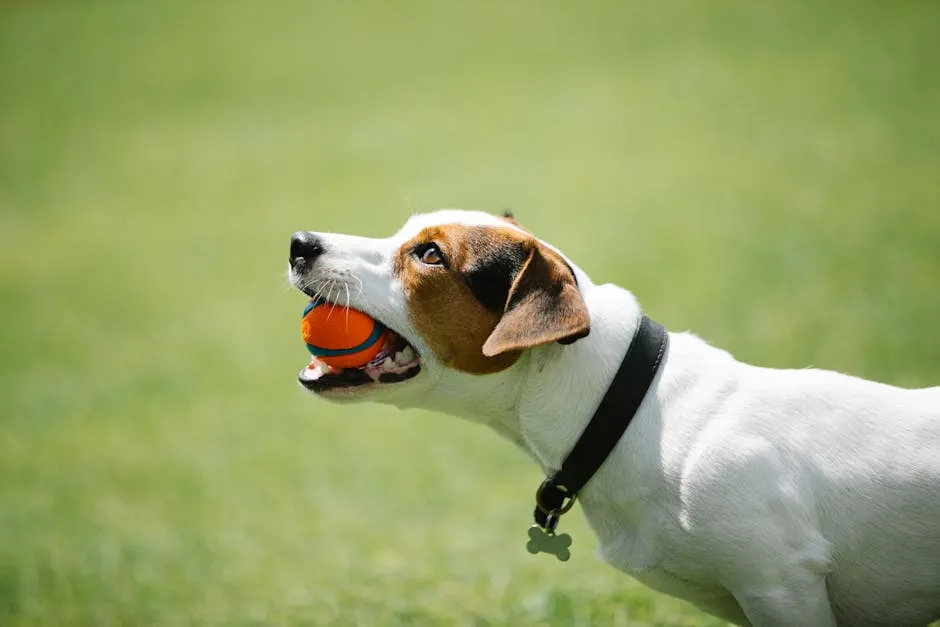

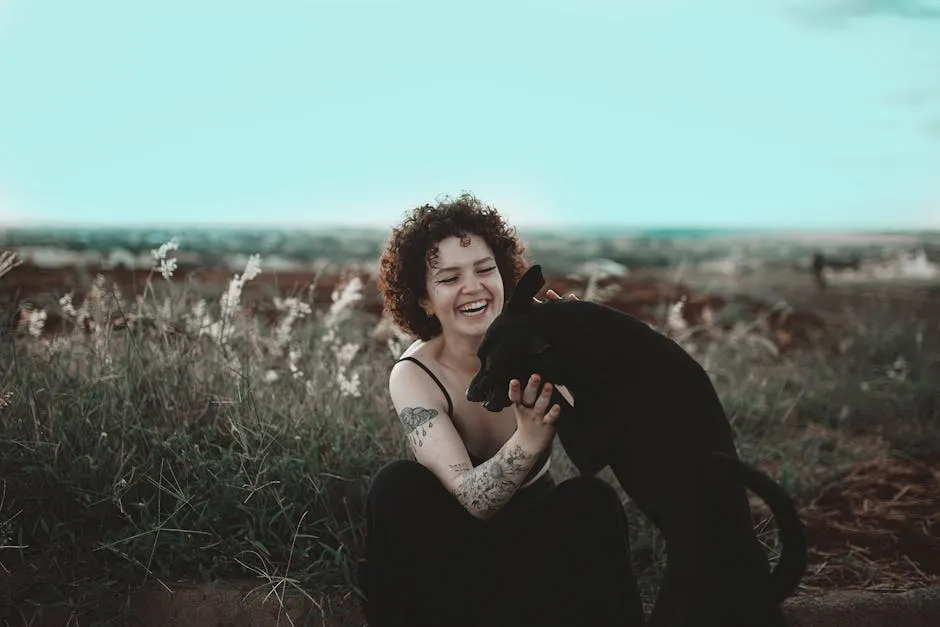

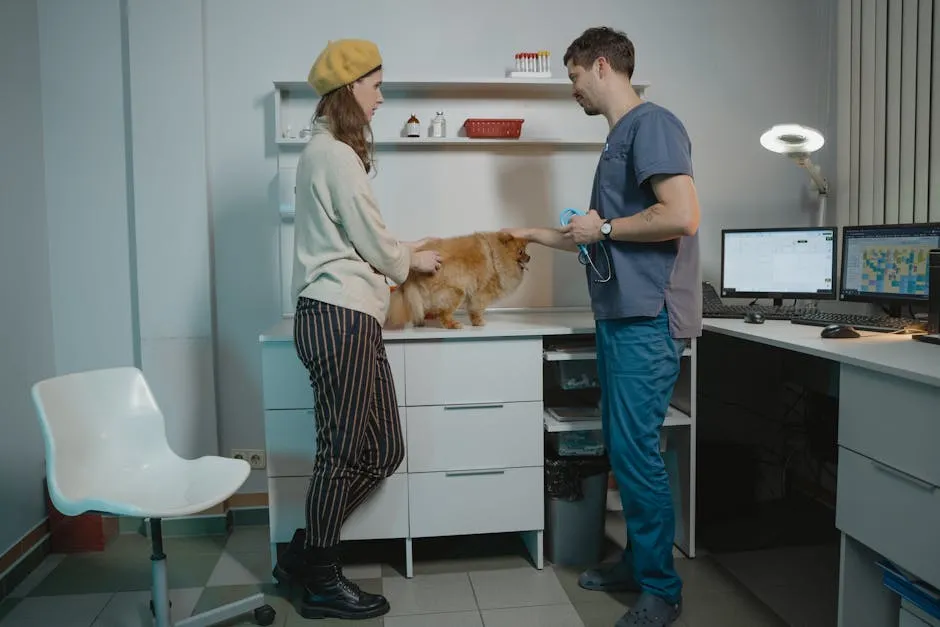

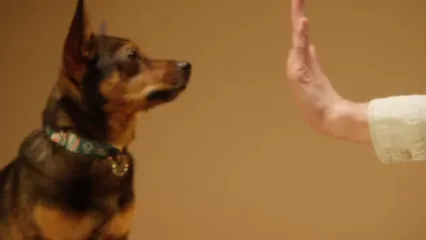
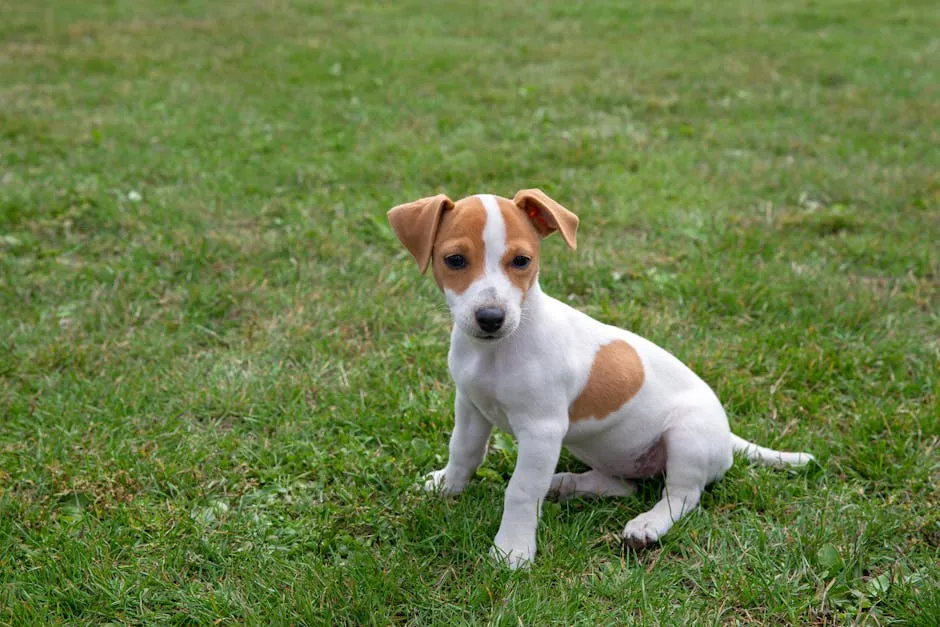

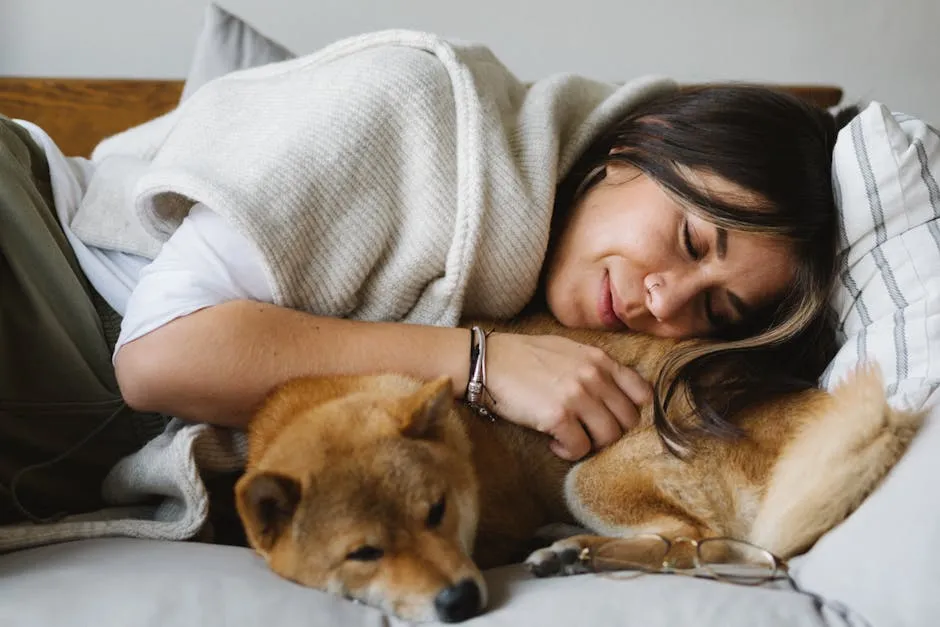

All images from Pexels





